Castles and manors are not uncommon in Latvia. They have stood gracefully since ancient times and highlight the rich history of our beautiful land. Some of the Latvian castles and manors are half-collapsed and belong to the castle ruins, but so many of them have been restored and still delight visitors today,
In this article, we bring you a selection of breathtaking castles and manor houses that are worth a visit. Many of them have been renovated and converted into hotels that welcome guests and make everyone feel like a king or queen.
On the other hand, those castles and manor houses that do not welcome overnight guests stand stately and serve as fantastic tourist attractions that take the breath away of tourists and locals alike.
Rundāle Palace
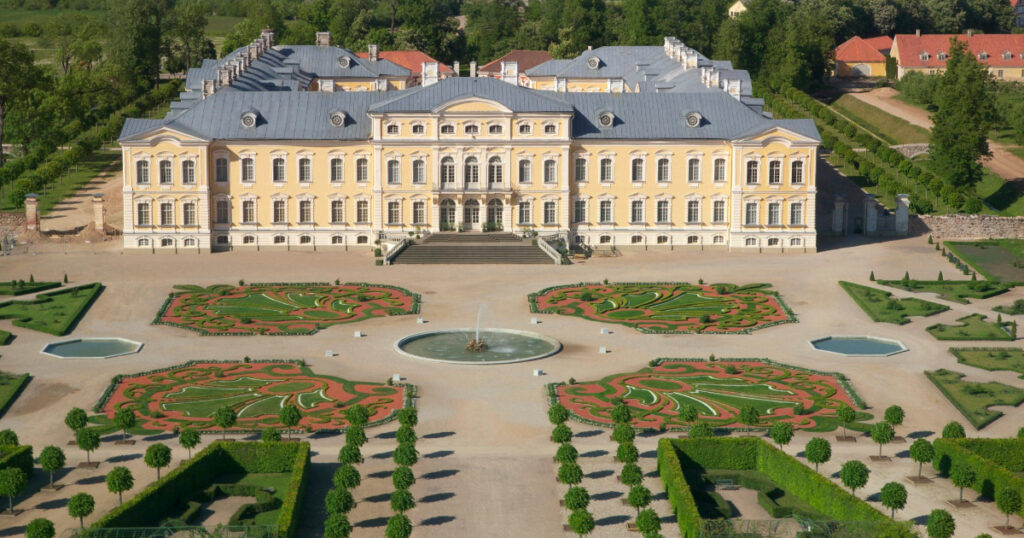
Undoubtedly the most popular castle in Latvia is the Baroque-style Rundāle Castle in the Rundāle Municipality. Designed by Italian architect Francesco Bartolomeo Rastrelli, who worked in the Russian Empire, the castle was built between 1736 and 1768 as the summer residence of Ernst Johann Byron, Duke of Courland and Semigallia.
Guests can visit the magnificent Rundāle Palace and its museum, as well as the extensive Rundāle Garden. During the tour, you can see the Duke and Duchess’s various apartments, as well as the palace kitchen. The Golden Hall, the Procellan’s study and the White Hall will also take your breath away.
Jelgava Castle
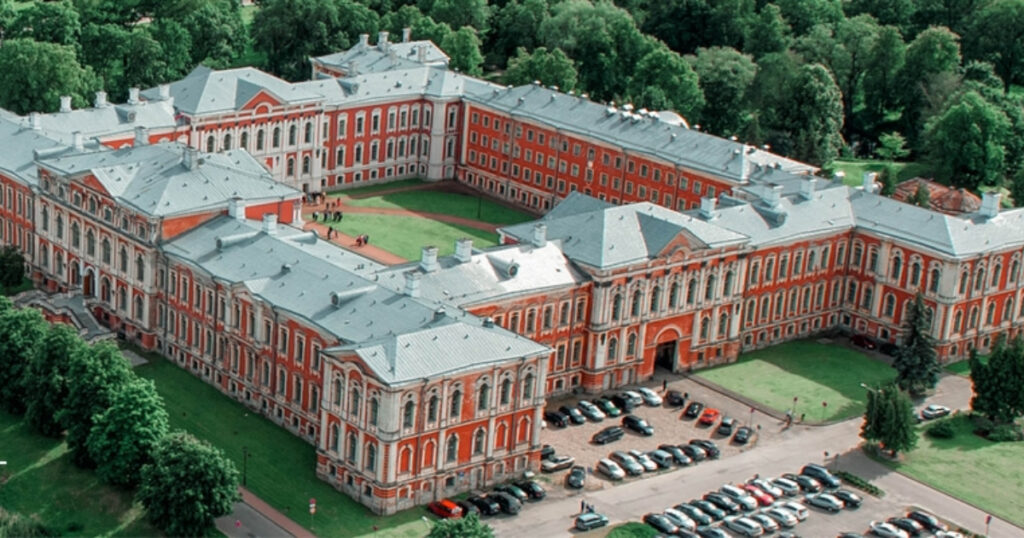
Jelgava Castle is the former residence of the Dukes of Courland in Jelgava. It is located on an island between the Lielupe River and its tributary, the Driksa River. Jelgava Palace is the work of the famous Italian architect Francesco Bartolomeo Rastrelli from the early period of the Russian court and one of the few architectural monuments of Jelgava that has survived to the present day.
Today, Jelgava Castle is one of the most prominent tourist attractions where many people spend their daily routine. Jelgava Castle is also a place of higher education, as the building is also the Latvia University of Life Sciences and Technologies.
The Duchess Dorothea’s letter workshop and the tombs are special attractions.
Jaunmoku Palace
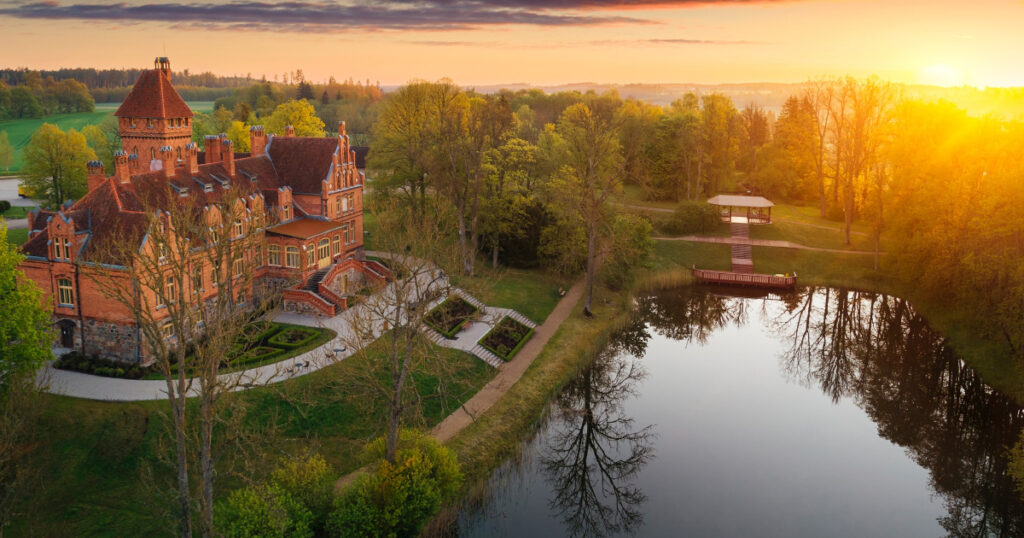
Jaunmoku Castle was first mentioned in historical sources in 1544. Today, it is one of the castles that has been turned into a place of rest for everyone who wants to feel like a king or queen. It is a leisure complex with a wide range of offers outside the rush of the city – in the quiet landscape of Kurzeme, surrounded by hills.
By preserving the cultural and historical values of the surrounding area and introducing new cultural tourism products, Jaunmoku Palace has become one of the most recognisable holiday destinations in Latvia.
It offers its guests a visit to the Forest Museum, hotel and restaurant services, as well as luxurious rooms for celebrations, romantic getaways and conferences.
Bauska Castle
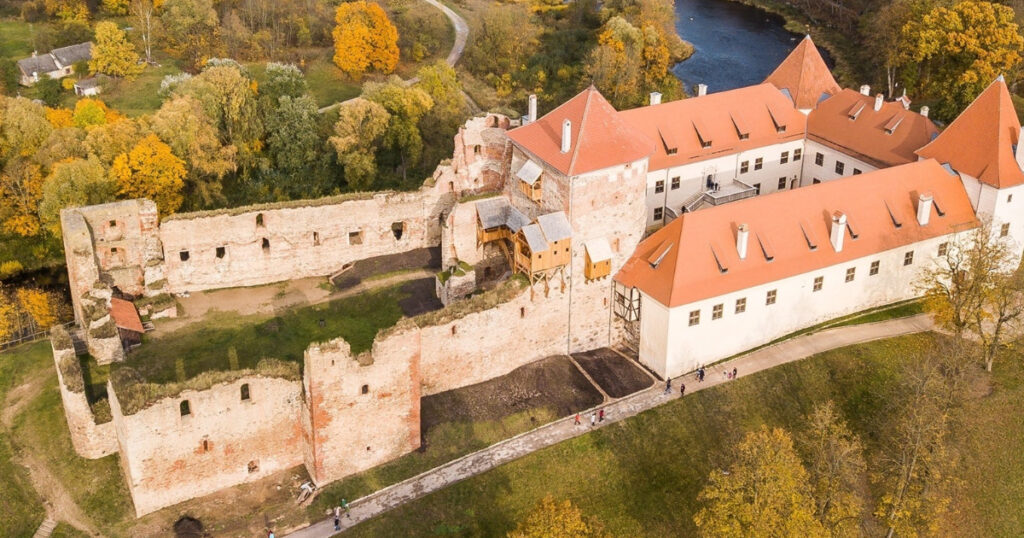
Bauska Castle is a Livonian Order castle in Bauska, built in the late Middle Ages and enlarged in the 16th century for the needs of the court of the Dukes of Courland and Semigallia. The newest part of the castle is one of the finest monuments of Mannerist architecture in Latvia, reconstructed in 2008. It was renovated in.
Nowadays, Bauska Castle welcomes guests for interesting excursions. In addition to the ancient grounds and the interior of the castle, you can also visit the history exhibition in the museum. The Livonian Order’s fortress – built especially for the use of firearms – is also a popular attraction.
Turaida Castle
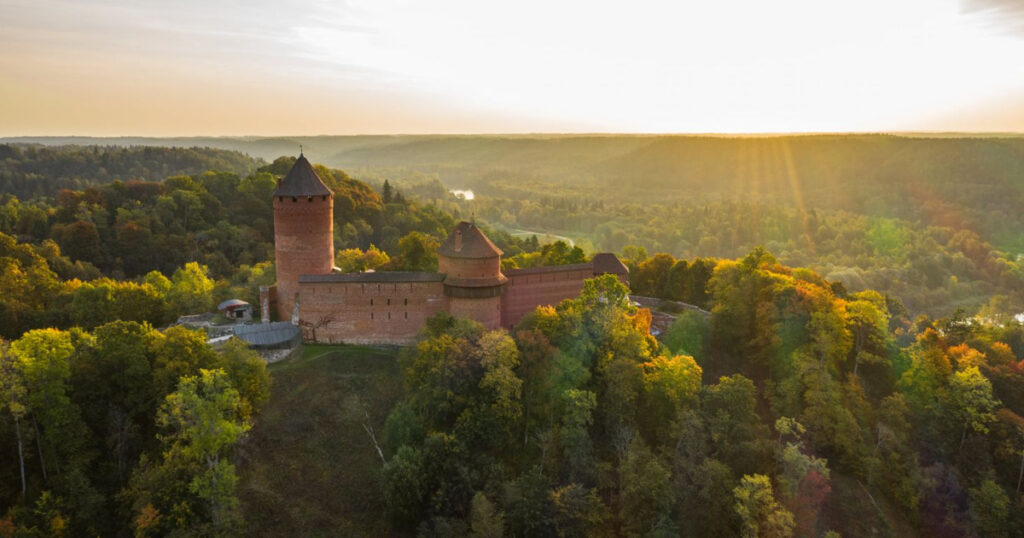
Turaida Castle is one of the oldest medieval castles in Latvia that can be seen today. It is located on the right bank of the Gauja River, in the territory of the town of Sigulda, in Turaida. Before the stone castle was built in the beginning of the 13th century, the wooden castle of the Liv ruler Kaupo was located on the Turaida Castle Hill. Two years after it was burnt down, in 1214, the first stone fortification was built -– the Frédelande castle.
As Sigulda is one of the most visited towns during the glorious autumn season, Turaida Castle is also an unavoidable tourist attraction. The castle is a must-see for both young and old. Nowadays, you can see not only the old furnishings and walls, but also digital tours, films, etc. You can also climb the tower and enjoy a breathtaking view over the hilly forests of Sigulda.
Sigulda Turaida Castle location
Cēsis Castle
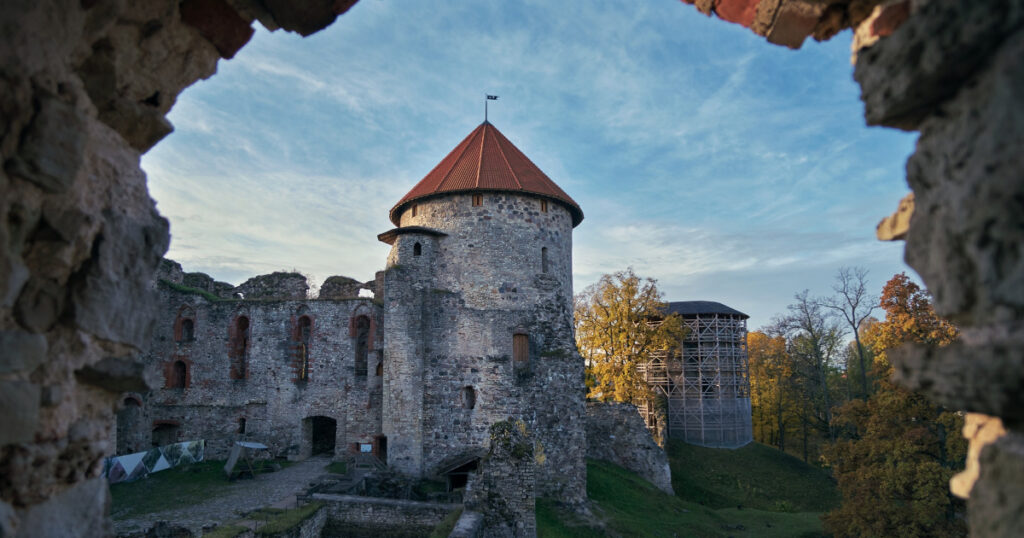
Cēsis Castle is the most significant and best preserved medieval castle in Latvia. The Order of the Sword began building the castle before 1218, but it flourished more during the reign of its next owner, the Teutonic Knights.
A visit to Cēsis Castle is a must for those who have not been there before. Today it is called the Cēsis Castle Complex, because visitors can visit the medieval castle, the New Castle and the castle park. With its historically romantic setting, the Cēsis Castle Complex is a special charm for both Cēsis residents and visitors.
Dikļu Castle

The history of Dikli Castle dates back to the 15th century, and its present building was built in 1896, when Baron Paul von Wolff was the owner, creating an expressive neo-baroque building. The castle regained its present appearance and elegance in 2003, when it was completely restored, respecting all that was ancient, from the cellar to the attic.
Today, Diklu Castle is an exclusive holiday residence that offers its guests all the best. From the exquisite interior and spa relaxation to the high-quality accommodation and delicious meals in the restaurant.
A holiday in the palace is a beautiful gift to give to your loved ones on their anniversary, anniversary or wedding day.
Riga Castle
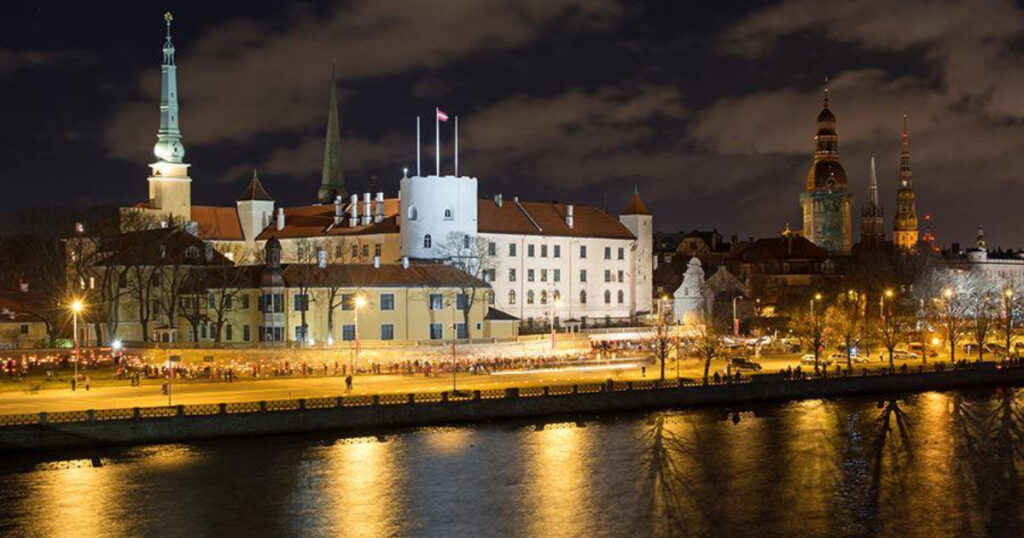
Riga Castle is a medieval castle, the residence of the President of the Republic of Latvia in Riga, on the banks of the Daugava River. The Livonian Order built the castle on this site in the late 1340s, destroyed it in 1484, and rebuilt it in 1515. When Latvia became an independent country, the presidential residence was built in the castle.
During the Soviet period, the castle housed the Pioneer Palace and various museums, but was restored after Latvia regained its independence. The palace now houses the representation rooms and the President’s apartments. Riga Castle is one of the landmarks of the Old Town and one of the most outstanding medieval palaces in Latvia.
Jaunpils Castle
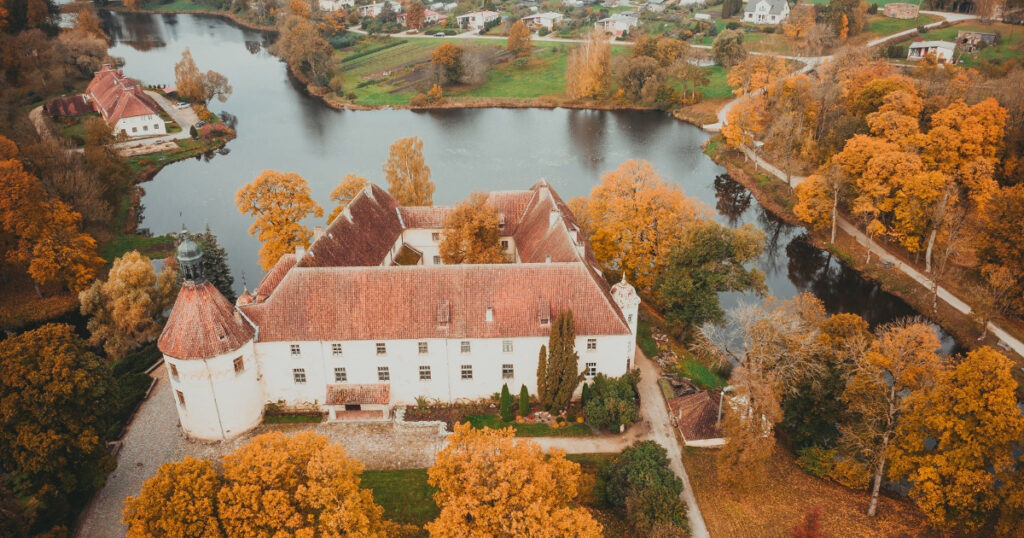
Jaunpils Castle is a medieval castle in Jaunpils, built by the Livonian Order in the second half of the 14th century. At the beginning of the 20th century Jaunpils could be considered a small “kingdom” of mills, because alongside water mills there were also wind mills.
To this day, the Jaunpils Watermill is a unique surviving example of industrial heritage and a testament to the excellent cooperation between carpenters and engineers.
Medieval feasting and entertainment, theatrical performances, informative excursions, medieval-style apartments and museum visits are all available to visitors of Jaunpils Castle today. Excursions are designed for the whole family and for couples who want to enjoy the romance of the castle.
Mālpils Manor
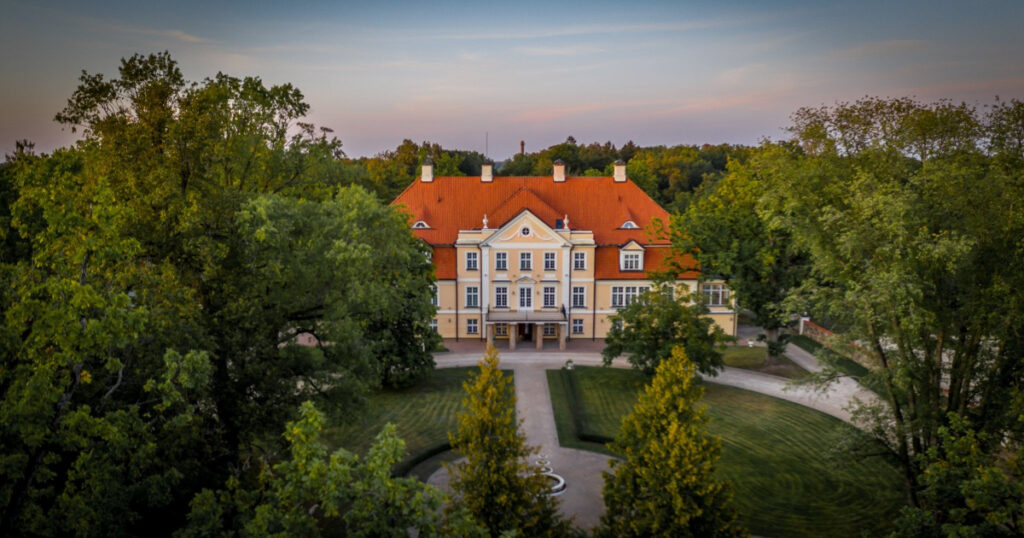
Mālpils Manor is located in the centre of Mālpils Municipality, about 60 km from Riga and 15 km from Sigulda. It was built in the Classical style in the middle of the 18th century and rebuilt in 1911 according to a design by architect Vilhelm Bokslaff. The restoration was completed in August 2008.
Today, the manor houses a luxurious hotel, restaurant and bar, as well as a spa. Mālpils Manor offers a wide range of recreational opportunities for everyone, giving every guest of the manor – from romance-loving couples, to families with children, to active leisure enthusiasts – the chance to spend their free time according to their personal tastes.
Svente Manor
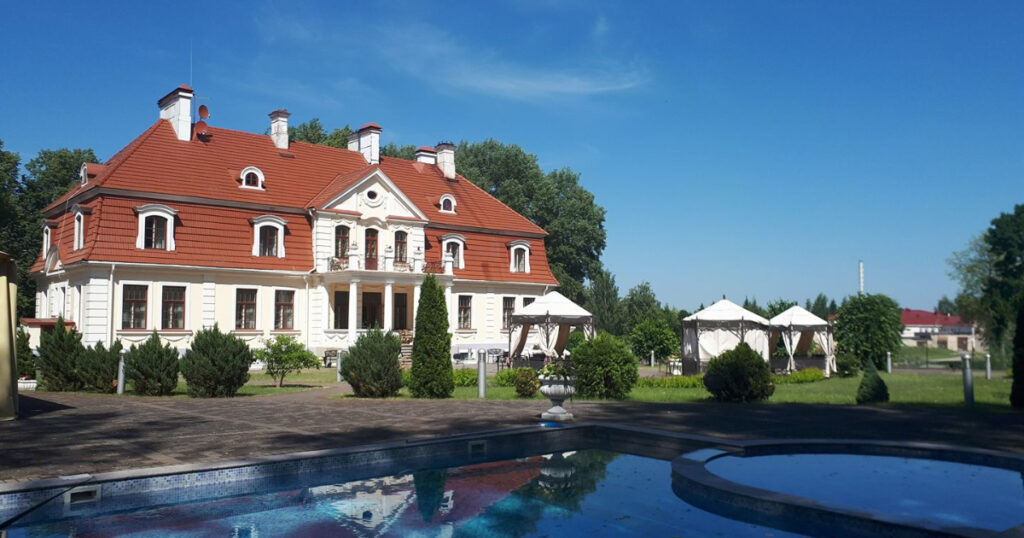
Svente Manor or Jaunsvente Manor House is located in Svente parish, Daugavpils region. Until the agrarian reform of 1920, the manor belonged to the Plater-Zieberg family. After 2005, the building of Svente Manor House was completely renovated and refurbished for hotel purposes, in order to be able to accommodate guests for a peaceful rest from the daily rush.
The former farm building of the Counts Plater-Ziebergs of Jaunsvente also houses the Military War Equipment Museum with an impressive exhibition.
Birini Castle
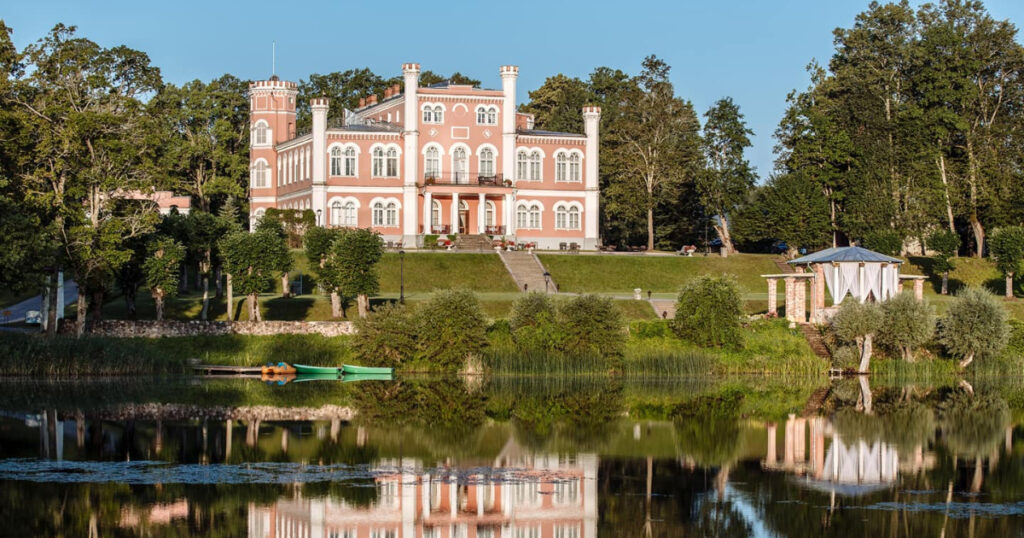
The manor house of Birini Manor or Birini Castle is located in Birini, Vidrizhi parish, Limbazhi municipality. The manor belonged to the Pistolkors family from 1813 until the agrarian reform of Latvia in 1920. The manor house of Bīriņi Manor was built in neo-Gothic style.
BiriniPalace is a romantic, lovingly created place close to Riga, Sigulda and the Saulkrasti seaside. The castle is surrounded by a picturesque park, lakes and manor buildings with a hotel, restaurant, luxurious rooms for weddings and seminars. For health, there are the palace baths, bathing areas, walking trails and horse riding in Emilia Park.
Northern Lights Palace of Culture
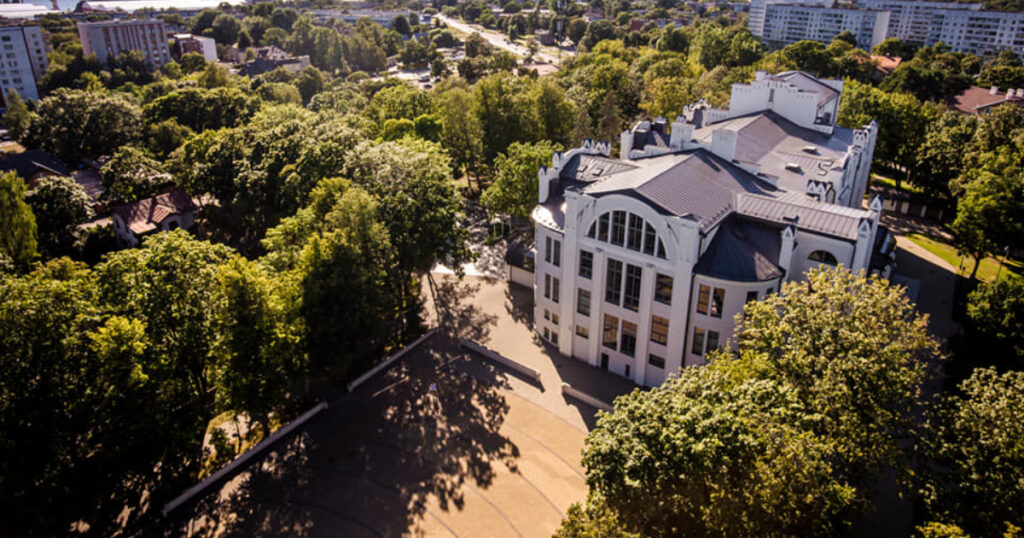
The Palace of Culture “Ziemelblazma” or in translation ”Northen Lights” was built in 1913 by the woodworker and philanthropist Augusts Dombrovskis. It was built to provide a full social and cultural life for the surrounding population.
The palace became one of the most important cultural and educational centres. Besides, not only in Riga, but in the whole of Latvia.
The key values of the work of “Ziemelblazmas” over the years have been, currently are and will be support for amateur art groups, cooperation with other cultural centres of Riga and the Republic and their amateur groups.
Also wide participation in festivals and events organised by the Riga Municipality, active and high-quality participation in foreign festivals and friendship exchange concerts, as well as a variety of events for audiences of all ages and nationalities.
Northern Lights Palace of Culture location
Krustpils Castle
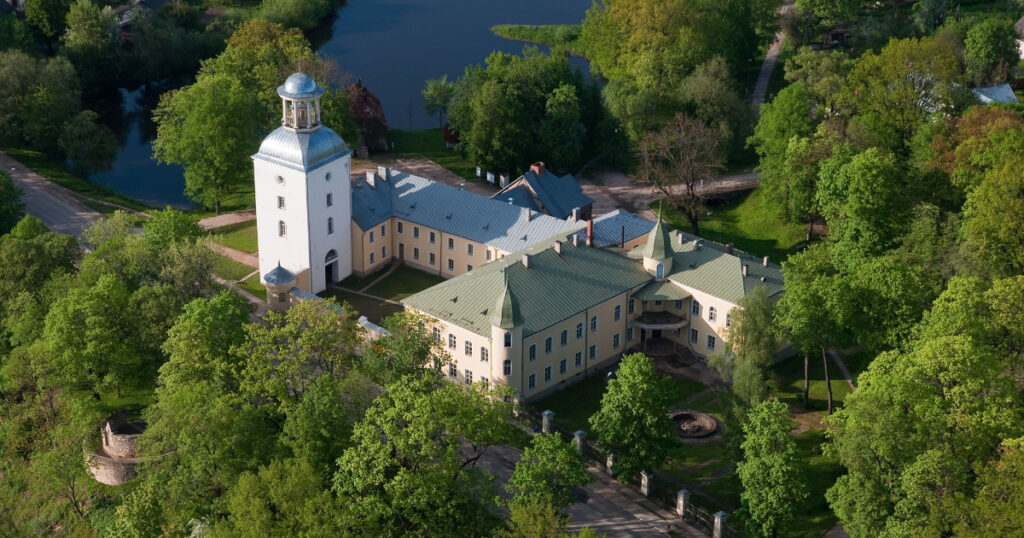
Krustpils Castle is a medieval castle on the right bank of the Daugava Valley in Jekabpils. The castle was strategically located on the Riga-Daugavpils-Polotsk road and on the banks of the Daugava.
It was therefore a frequent source of disputes between the Archbishop of Riga and the Livonian Order. In the 16th century the castle was acquired by the Corfu family and inherited until the beginning of the 20th century.
After the land reform of 1920, in 1921 the Latgale Artillery Regiment of the Latvian Army was stationed in the castle. Since 1996, the Krustpils Castle has been home to the Jekabpils History Museum, which is open to everyone.
Berghof dairy estate
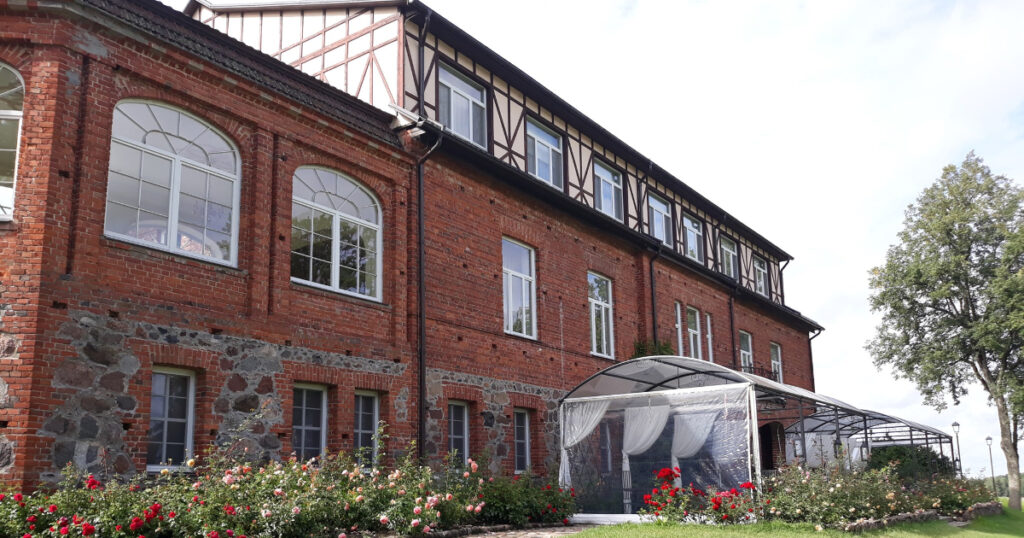
In 1539, Bishop Hermann of Courland granted a slow. Johann Rennes is granted land and a mortgage to build a house and the Berghof is built. After several changes of ownership, in 1843 the manor becomes the summer and hunting residence of Baron Von Maedema.
The history does not stop there. The manor has been both a primary school in Sieksate and a recreational base for the Liepāja milk factory.
Today, Berghof Dairy Manor is an oasis of relaxation, pampering guests with a leisurely, peaceful stay. The estate offers a sophisticated hotel, a professional restaurant and spa treatments. Guests can also enjoy the estate’s Milk Museum, saunas and tennis courts.
Lielstraupe Castle
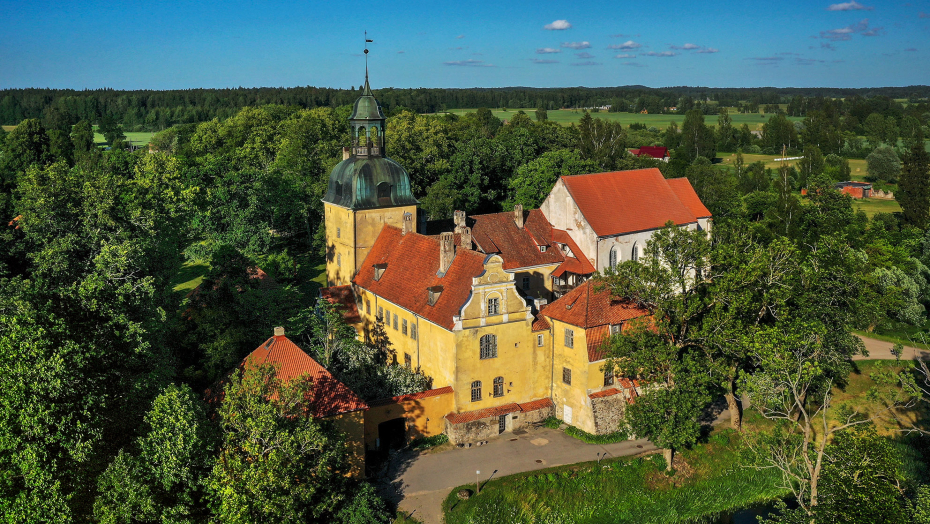
Lielstraupe Castle is one of the only medieval castles in Latvia that is combined with a church. It was built in 1263. This castle is located in a beautiful area surrounded by nature, which gives it a fabulous value. It is surrounded on all sides by verdant trees. And there is also a beautiful lake not far from the castle.
Nowadays the castle is open to the public. An interesting fact about the castle is that it has 27 staircases, making a total of 300 steps. It is believed that the castle is made up of various labyrinths, as it is indeed possible to get lost there. Guests will enjoy the medieval architecture of the castle. That will allow them to travel back in time and take beautiful photographs.
Durbe Castle

Durbe Manor or Durbe Castle is located on the southern edge of the Slocenes River valley. It is located in the territory of Tukums town. Durbe Castle is the only one of the former manor houses in Latvia where the historical interior of the late 19th and early 20th centuries has been completely reconstructed. And an impression of German-Baltic culture has been created.
It is considered one of the pearls of Kurzeme Classical architecture, comprising a landscape park and a rotunda with the longest pedestrian bridge in Latvia.
Today, the castle offers excursions for guests, educational and competence education programmes for schoolchildren, classical music concerts and wedding programmes for newlyweds.
Stalgene Manor
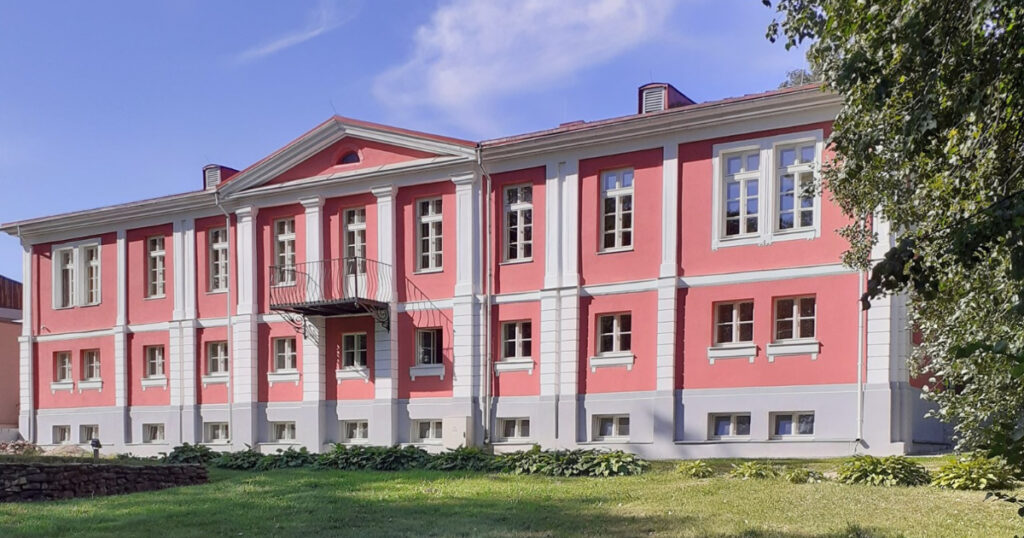
Stalgene Manor was established in the 16th century as the domain of the Duke of Courland and Semigallia. The present manor complex dates back to the late 18th century.
The manor palace was built in 1797 in the Classicist style according to a design by the architect Severin Jensen. And a park has been laid out in front of it.
Today, the castle is the premises of the Stalgenes Secondary School. And the basement of the castle is home to the Jaunsvirlauka Parish Museum of Local History. In the park of the manor you can breathe fresh air and draw strength, which is allowed to every guest of the manor.
Edole Castle
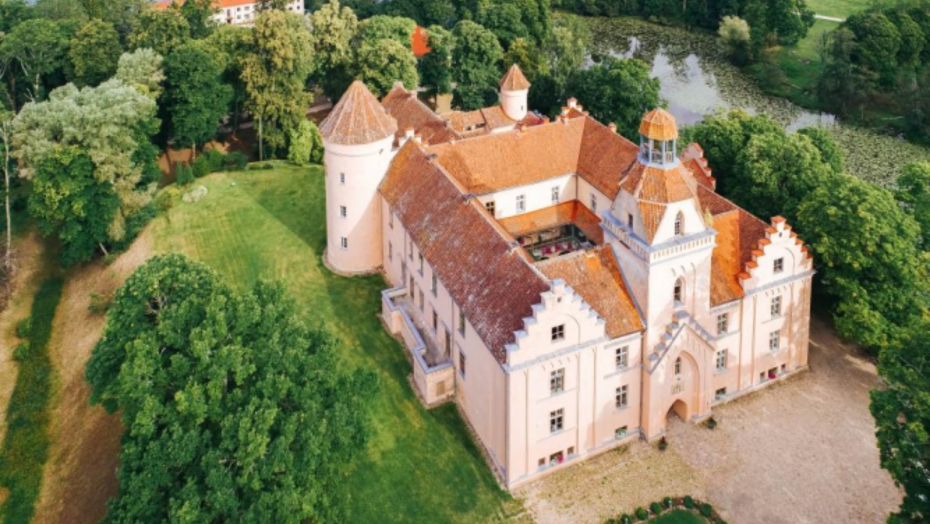
On the banks of the Vanka River, surrounded by ditches of yarn fortifications, stands the medieval castle of Edole. It was built in 1264 and construction work lasted until 1276. Over the years, the castle has been rebuilt and extended until it has reached the architecture we see today.
Nowadays, the castle welcomes its guests in the castle hotel. There are simple medieval-style rooms as well as luxurious honeymoon rooms with sophisticated décor.
The main offers at Edole Castle include not only accommodation, but also event space rental, limousine hire and museum visits. There is also a special Fairytale Kingdom, an exhibition with dolls that will delight children.
Mezotne Castle
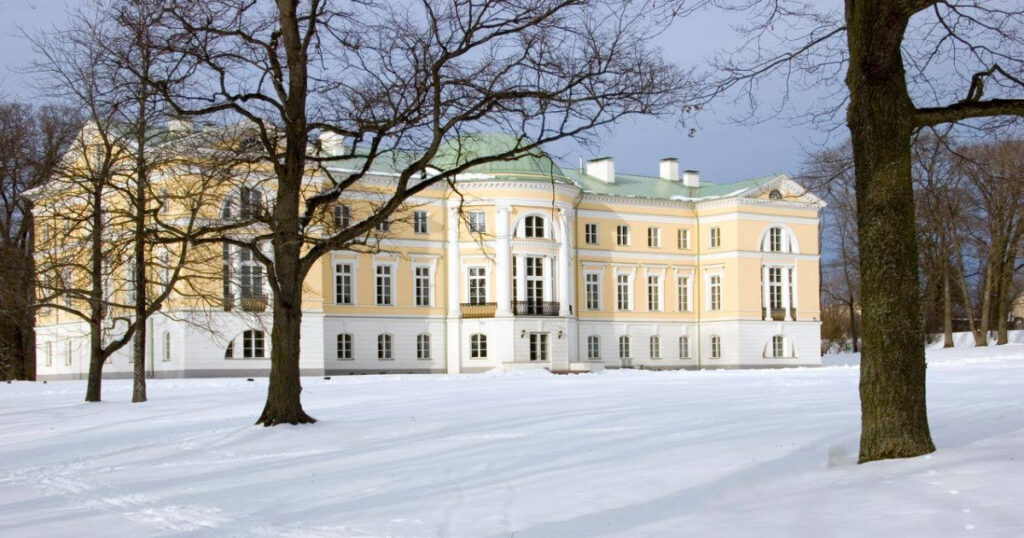
Mezotne Castle, or the former manor house of Mezotne Manor, is located in Mezotne Parish, Bauska Municipality. It was built in the classical style by Johann Georg Adam Berlitz in 1798-1802 . After a design by the St. Petersburg court architect Giacomo Quarengi.
Nearby are the former manor buildings -– the servants’ house, stables, manager’s house and granaries.
Nowadays, you can come to Mežzotne Castle and have a good rest by staying overnight in the hotel or enjoying the delicious meals of the castle restaurant. The Lielupe Gallery is also open to the public.
Valdeka Castle
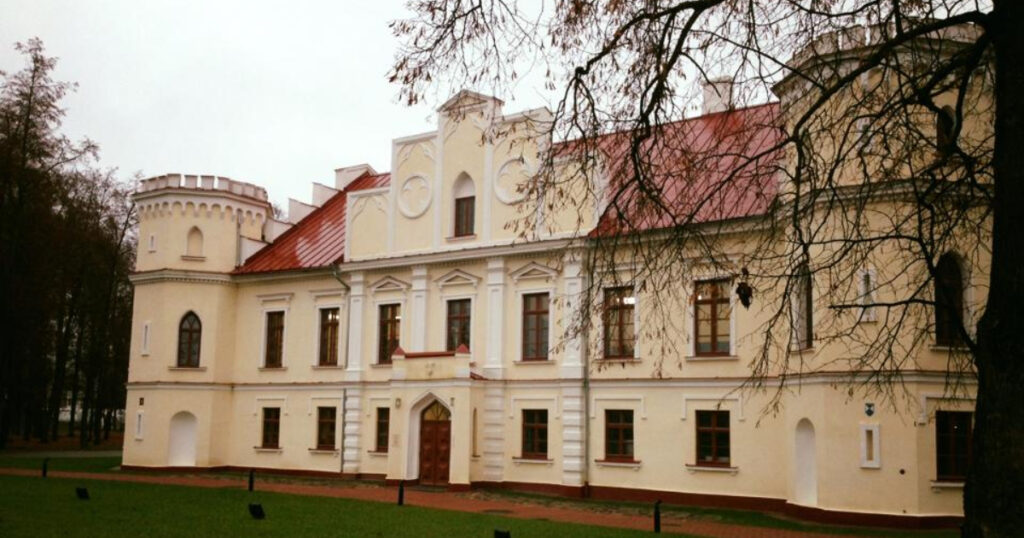
Valdekas castle is a neo-Gothic architectural building in Jelgava. Which until the 1920 land reform was the manor house and hunting lodge of the Valdekas or Zorgenfreija semi-manor.
Valdeka Castle was built in the 17th century. Outside Jelgava. In 1848, the Reke family acquired the castle and decided to rebuild it. In the 1860s, therefore, Christoph Karl von der Recke rebuilt the building in neo-Gothic style.
In the post-war years, the palace underwent several interior renovations. It has served as an apartment building, a laboratory, an office building and a kindergarten.
Today, Valdeka Palace is a place of study and work for students and faculty members of the Department of Landscape Architecture Planning at the Faculty of Environmental and Building Sciences of the Latvia University of Agriculture (LULU).
Nurmuiza Castle
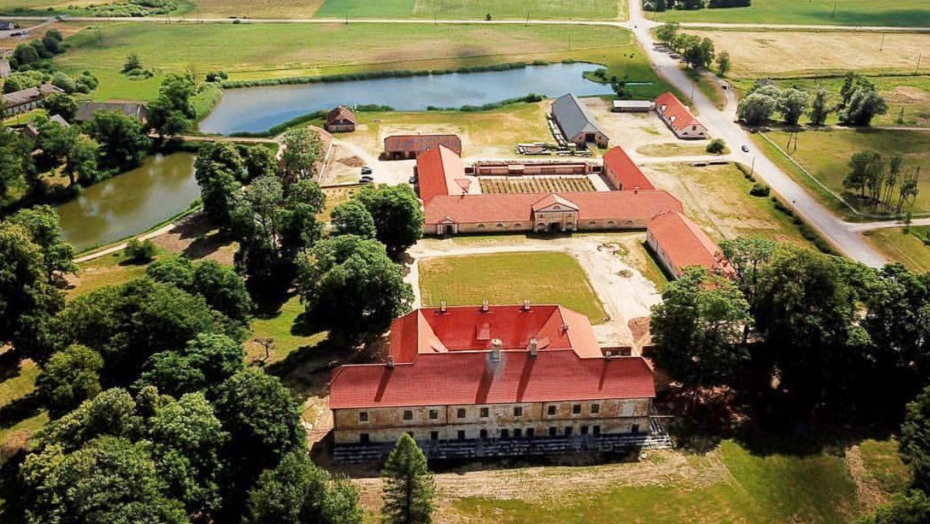
The present Nurmuiza Castle was built in the 16th century. In the second half of the 16th century. It has been suggested that Nurmuiza Castle may have been built on the site of an older vassal of the Order. Its territory is truly vast, offering the opportunity to enjoy beautiful nature and experience true peace. The rooms of Nurmuiža Palace are considered to be one of the most impressive examples of neoclassical interiors in Latvian palaces.
Today, the manor offers guests the opportunity to stay in the manor hotel and to organise various events. The atmosphere is truly solemn and historic, making it ideal for wedding receptions.
Gaujiena Castle
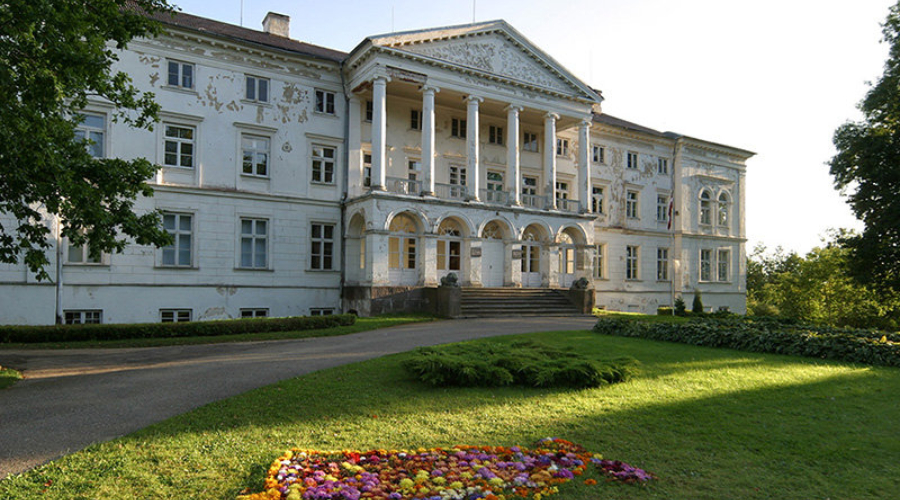
Gaujiena Castle has had a rich and eventful history. Around 1830, the manor lord’s house was built here. And in 1838 – the manor people’s apartment and outbuilding with a ramp on the second floor, or “spritz house”. The southern end of the building was used for the Gaujiena Volunteer Fire Brigade, founded by Wulf in 1886.
The most beautiful and youngest of the buildings in the manor ensemble is the new Gaujiena Castle. It was built by Baron Julius von Wolf in 1850 and housing the Gaujiena Secondary School since 1922.
The castle was built in the classical style and decorated with mighty columns. On the ground floor, many rooms have original parquet floors. The interior of the hall is distinctive, while the chapel has a preserved ceiling painting. The staircase leading to the palace parade door is guarded by 2 sleeping lions.
The ensemble of buildings also includes the stable master’s house, coach house, gardener’s house, greenhouse, ice cellar, cider house, where even today travellers can enjoy the clean water of the “Lauvasmute” spring.
Jumurda Castle Manor
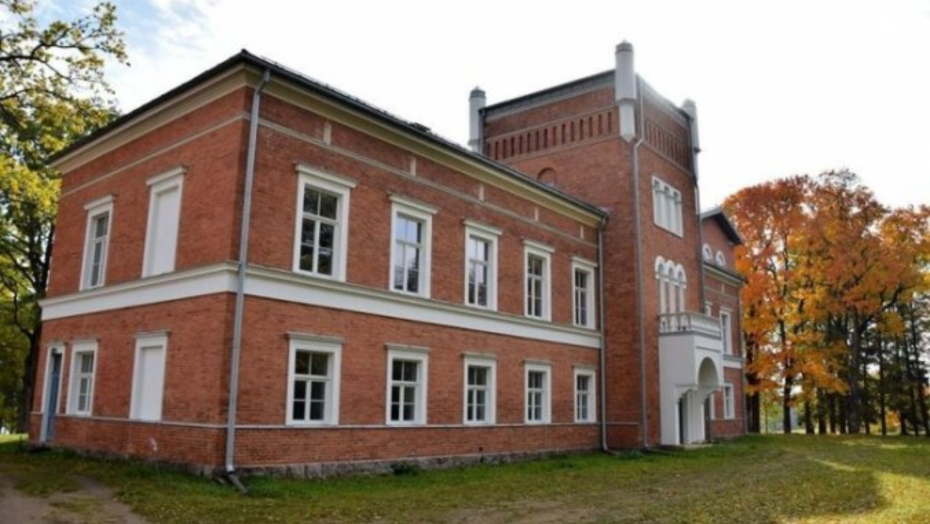
Jumurda Castle is one of the earliest examples of Latvian historicist castle architecture. The castle is located by the Jumurda Lake. Not far from here are sights such as Ērgļi, Vecpiebalga, Vestiena and Gaiziņkalns. The Jumurda Manor recreation complex includes three buildings with rooms, a restaurant, a terrace, a conference hall, as well as a sauna building with a large banquet hall and a 240 square metre summer tent.
There is a very large area for recreation, stretching over some 17 hectares. Guests can enjoy the outdoors at various sports grounds and swimming areas.
Kokmuiza Palace
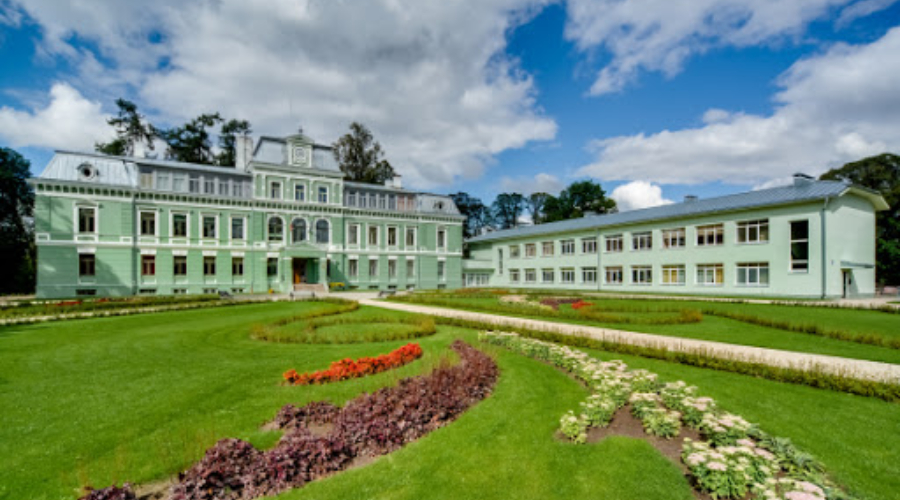
Kokmuiza (Kokenhof) was first mentioned in historical sources in 1582, when it was part of the bishopric of Cesis. Since then, the appearance of the manor house has changed several times. Originally it was built of wood, which gave it its famous name – Kokmuiza or The Wooden manor.
The park of Kokmuiza could once have rivalled the magnificent flower gardens of the Dutch Keukenhof. In 2012, however, Kokmuiza Park was reconstructed. Resulting in a new parterre plan and the first spherical sundial on public display in Latvia.
Today Kokmuiza is also the Koceni primary school since 1937. It has places such as sports house, library, culture house, park, beer brewery which are open to the public.
Cesvaine Castle
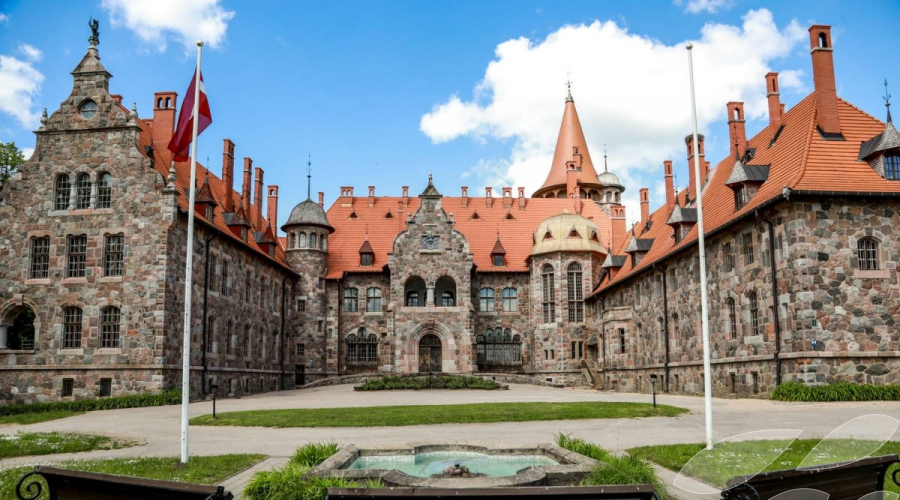
The history of the castle built by Adolf von Wolf goes back much further. The first castle in this area was located on the castle mound in what is now Cesvaine Castle Park. The oldest stone castle was built in the 14th century. At the end of the 14th century.
The castle site is surrounded on the W and N sides by a ravine of the Sūla river. Which is about 50 metres wide, over ten metres deep, with steep sides on the castle side. On the E side of the castle there is a pond installation, probably once a mill. The 16th century state of Cesvaine Castle. The 16th century was the capital of about 100 villages, all peasants were subject to the governor of Cesvaine.
Now only the foundations of the R wall of the medieval castle, built of boulders, can be seen above ground. And it extends for about 50m. But the new castle has been built. Since 1919, Cesvaine Castle has housed a school.
In 2002 the roof was destroyed by fire. By the end of 2010, the roofs of the left and right wings and the large tower had been restored. Inside, some of the floor coverings, the grand staircase and the vault above have been restored. The dining hall fireplace was partially restored, several doors were restored. The basement was opened and cleaned, and other works were carried out.
Tervete wooden castle
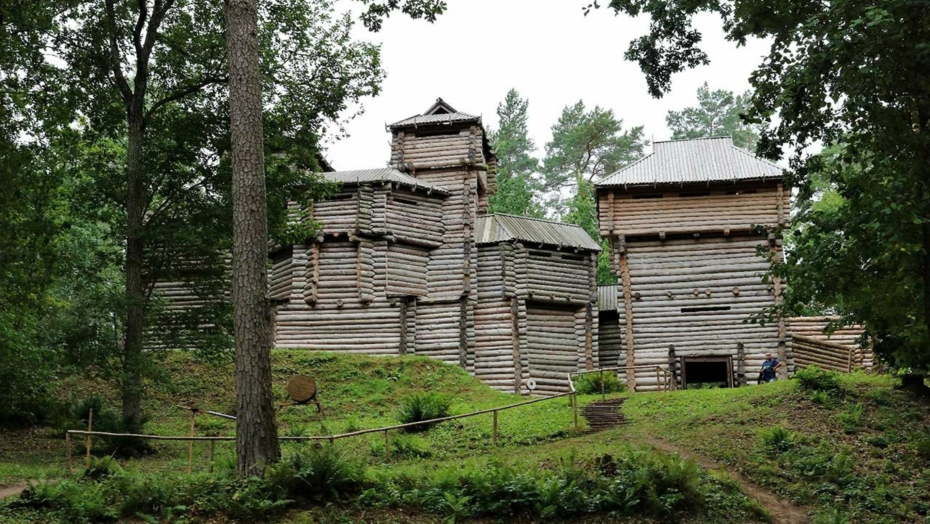
The wooden castle of Tervete was built in the 12th century. Tervete has long been known as a powerful centre of the ancient Semigallians in the territories inhabited by the Balts. Based on the results of archaeological research on the Tervete hillfort, one of the most powerful 12th century wooden castles in Latvia is being reconstructed and built.
It is currently open to the public on a seasonal basis from May to September. During the winter period, the Tervete Wooden Castle is closed to visitors. In the wooden castle, guests can see an exhibition that extends over three floors. There are various wax figures, as well as everyday objects, jewellery, clothing, armaments, models, drawings and photographs.
Tervete wooden castle location
Ancient Latvian wooden castle Uldeven
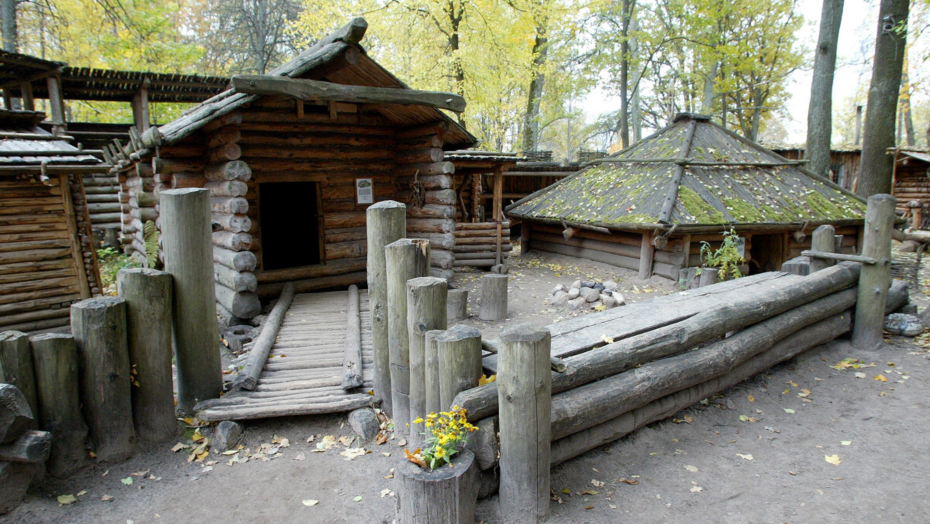
The Old Latvian wooden castle of Lielvārde is an ideal reconstruction of a 10th-13th century castle. Based on archaeological excavation materials from various places in Latvia.
The owner and author Agris Liepiņš has built the castle on his own since 1997. It gives a great insight into what a castle might have looked like in the Middle Ages. So that every visitor can get a real taste of history.
During the visit, the guide will tell you about the people of ancient times, their way of life and customs. People were shorter in stature and had a much shorter life expectancy than today. Therefore, you have to keep your head on during the tour, as visitors have often bumped their heads. Not realising the different sizes of rooms that were common at that time.
Ancient Latvian wooden castle Uldeven location
Have a wonderful time exploring Latvian castles and manors!
Another great excursion route would be to visit the castles, which are no longer considered castles but ruins. You can find out more about the castle ruins in Latvia in the article Castle ruins to visit in Latvia.
Enjoy!
